| marc7 travels |
|
Quezon City is a huge city. That was the reason why we had to break it up into two separate “Explore Manila!” #PencilWalks so as to cover MOST of its interesting spots. I have to admit though that there are still some tourist and historical spots that we have to cover especially those that are “out-of-the-way” in terms of its locations. I mean, we still have to cover the Maginhawa Food Strip, the Tandang Sora and Biak-Na-Bato Shrines, the La Mesa Eco Park, etc. Again, the traveller in me, had me checking out these destinations every now then through what I call “Burst Trips”. It is basically my own term for spur-of-the-moment kind of trips. One where I find myself driving to the place during my free time. In this segment of my blog, I plan to write about these “trips” where I get to check out destinations that we failed to cover during our “Explore Manila!” activities. Let me kick it off with the Balara Filters Park. Balara Filters Park The first time that I mentioned that Balara Filters Park was part of “Explore Manila!” itinerary, an IG friend asked me if it was actually safe to go there. For those who are not familiar with the place, the mere mention of Balara incites a notion that the place is full of hooligans. But for us who have been there, we can dispel the rumors. Balara Filters Park is a 60-hectare park in Quezon City. It was opened to the public in 1953 under the joint auspices of the city and the Manila Water, making it one of the oldest recreational parks in Kyusi. It occupies part of the filtration plant complex of the company where water, from La Mesa Dam, is treated for human consumption. At present, the complex boasts of Art Deco buildings and recreational facilities making it a popular weekend destination among locals. Fountain of Bernardine Greeting visitors at the entrance of the Balara Filters Park is the Fountain of Bernardine. It features a lady holding a water vessel with cherubims surrounding her at the base of the fountain. The fountain serves as your first indicator that you are entering a water treatment facility/park. Windmill Park Turning left from the Fountain of Bernardine leads you directly to the Windmill Park. A huge dilapidated water tank marks the spot and the actual park is located behind it. A recreational area stands adjacent to the park where one can have picnics under the shades of trees. It overlooks the actual treatment facility of Manila Waters. You can also find the Manosa Hall in the same area. The Windmill Park is located behind the big water tank. Do not expect much as years of neglect can be seen on its facilities. The park is open to the public. A lone windmill stands at the far end of the park hence the name. The windmill was a smaller water tank that was in use previously and when the bigger one was constructed, it was decided to “convert” the smaller one into a windmill. I guess, it is the only windmill in Quezon City. Now, I may be wrong on this assumption. Directly under it is a cabana that has deteriorated during the past years. Again, neglect has played a role and the cabana is not as appealing as it is intended it to be. Adjacent to the windmill is a bust and a memoriam… to whom? I really cannot figure out as it was also neglected. The only properly “maintained” feature of the park is the pool/pond bearing a lady on a carriage pulled by a carabao. Little is mentioned about the artwork or its relevance to the park hence I cannot expound further about the sculpture. Gideon Playground Next to the Windmill Park is another enclosed park designed for kids – the Gideon Playground. The open space and greens is very conducive for kids to run and play around. But then again, the playground was neglected that all its facilities for kids were already rusty and not fit to be used. It was sad to see that a place like this could have been an alternative weekend hang-out for Quezon City residents. But since little attention was given, we can only imagine how kids played around in the area during its earlier years. Grotto / Amphitheater / Worker’s Memorial Driving further down the road, we reached a nature amphitheater. The amphitheater faces a filtration facility and a memorial dedicated to workers who died during the construction of the complex. The place is a great place to just sit still and enjoy the cool weather under the shade of trees. A couple of steps away is a grotto in the midst of nature. Again, the place is conducive for moments of reflection. So after being one with nature and putting yourself in deep reflection, you can then proceed to offer a short thanksgiving prayer to the Lord at the grotto. MWSS Pools / Escoda Hall / Orosa Hall Just a few meters away from the amphitheatre is the Balara Filter Plant. The design of the building shows the age of the building. I guess it is one of the very first buildings in the complex. Across the plant is one of the well-kept facilities of the Balara Filters Park, a sprawling pool facility. Surprised? I was surprised when I saw the facility that houses two adult pools and one kiddie pool. It is Quezon City's best kept secret and it actually reminded me of Pansol, Laguna. The pools are surrounded by the Art Deco Halls, Escoda and Orosa, that are also rented out to the public. Post Kyusi Trip Notes The Balara Filters Park is a place that dispels misconceptions while giving sweet surprises to its visitors. The community park feel is proof that it is an abode for those who want some peace and quiet self or family time at the heart of the city. It contradicts the notion that Balara is a place of hooligans. Interestingly, the pool facilities can be a quick escape to the summer heat, giving you the Laguna-feel. Too bad though that not all facilities are well-taken cared of. If the local government focuses on developong it as a well-maintained park, the Balara Filters Park can be a great alternative to both QC Memorial Circle and La Mesa Eco Park.
Getting there: If you are coming from QC Circle, you can take a jeep that goes inside the UP Campus. You go down at the Vinzon's Hall Stop and walk from there It is located behind Vinzon's Hall. Alternatively, you can also take the UP Campus-Katipunan Jeep along Aurora Boulevard. The jeep passes along the main entrance to the park.
1 Comment
Have you ever heard the wind sing a lullaby? A nature’s lullaby that can totally relax you and slowly lull you to sleep as the breeze softly blows through your face and body. It is an experience like no other as I laid down on my hammock while listening to the wind sing its nature songs. This was a perfect way to chill on a weekend – no crowd, enjoying the sun and sand, and just getting one with nature. It was just another day in paradise and the place is called Silanguin Cove. San Antonio in northern Zambales is known for its rustic natural beauty composed of scenic mountain ranges and beach coves. Its rugged terrain was once the home of a navy base managed by the United States. The base was later on abandoned following the eruption of Mount Pinatubo. Along the coast are four scenic coves – Anawangin, Nagsasa, Talisayin, and Silanguin. Anawangin and Nagsasa were the first to catch the attention of travellers because of it amazing pine-laden landscape and proximity from Pundaquit, the jump-off point to these four coves. As the coves are protected by mountain ranges, the coves were able to maintain its rustic ambiance and the best way to experience the place is by camping out. Touchdown: San Antonio/Pundaquit Locals of San Antonio were kind of surprised when we answered them that we were headed to Silanguin Cove. It became apparent that the cove was really not as popular as Anawangin or Nagsasa, where we presume most of the visitors were headed to. I guess that was the charm that captivated us when we decided to hold our 8th instaviaje in the more laid-back cove of Silanguin. Silanguin is the farthest among the four coves along the coast of San Antonio. The 2-hour boat ride, that can get a bit choppy at times, is probably the reason why the cove is not the top choice by travellers. In fact, pictures of Silanguin Cove are not as plenty on Instagram and there are only a couple of travel blogs about it when you compare it to Anawangin or Nagsasa. Unlike the other coves though, Silanguin is known for its light grey sand and its waters are shallow and very calm. It is also known for its mountain ranges that surround it that change hues during sunrise and sunsets. Just like the other coves, camping is the way to go in Silanguin so before you head off to the cove, make sure that you get all your necessities in San Antonio. There is a small store in Silanguin Cove but expect their prices to be more expensive. It also helps that you have a good contact in Pundaquit as they can assist you with what you will need before you start chilling in Silanguin. From San Antonio proper, it will be another 20-minute tricycle ride to Pundaquit, the jump-off point to the four coves of San Antonio. The ride will give you a scenic view of the mountain ranges and fields of San Antonio and its bucolic life. The sea journey starts when you see the beautiful seascape along the shores of Pundaquit, with Capones and Camara Island off its coast. The 2-hour boat ride can be quite an experience. You will be treated with great views of the rugged terrain of San Antonio’s mountains that is periodically interrupted with its scenic coves – Anawangin, Talisay, and Nagsasa. The waves can get choppy at times but it is not something that you would need to worry about. But be forewarned though to waterproof your bags and expect to get wet along the way. It adds up to the experience. The first sign that you are in Silanguin Cove is when you see the “Lion’s Head”. It is a rock formation at the mouth of Silanguin Cove that, with a little imagination, looks like a lion that guards the mouth of the cove. It is amazing how these rock formations jut out from the sea and complements the seascape. At this point, the calm waters of the cove will welcome you. Not far from the mouth, Silanguin become visible as it opens its arms to you. Silanguin Cove: Of Sunset and Camp Fires I did hear the wind sing a lullaby over and over again as I comfortably settled onto my new Aluyan hammock (IG: @aluyanph). I felt how the wind caressed my skin in the middle of the night where I was surrounded by darkness with the only light source coming from campfires and from the caretaker’s house, the only house with electricity. The sound of pine needles rustling with the wind made you feel one with nature. This was camping at its best. Just a few hours back, I hurriedly rushed to step on the gray sands of Silanguin Cove. I couldn’t contain my excitement as I was completely captivated by its beauty. Silanguin cove was just beautiful from all angles. I described the cove as photogenic. The mountain ranges that surround the cove seemed like a fortress that guard the treasures that it holds within. The waters are friendly as waves lap onto the shores, not crash but laps onto the shores, and it stays that way. The depth of the waters is also ideal for swimming that even those who don’t know how to swim can definitely enjoy it. Silanguin Cove boasts of fine grey sand that lines its long coast and, just like the other coves, its shores are also populated by pine trees. The cove really stands out because the beautiful view of its coast with the mountain range on its background. There are no mobile phone signals in Silanguin so your phones will only be good for taking pictures and if you want to edit your shots. Other than that, you can just chill out and savor the day pass by in the midst of nature’s beauty. On our first day, we decided to just simply chill out and enjoy the sun and sand. In no time, we were ready to capture the sunset. We settled down on a spot where we would be able to capture the sun “sink” into the ocean, unaware that the sun was about to give us one of the best shows on earth. It was just amazing to watch the full and round sun, set along the horizon, shifting from yellow to orange to red. We chided that we actually saw the “Miss Saigon” sun in Silanguin. I guess… Silanguin offers going back to basics kind of vacation. As the darkness of the night started to envelope the cove and with no cellular signal, the best way to spend the evening is by sharing stories with friends by the campfire over grilled marshmallows. Not to mention, lying down the sand to watch the millions of stars twinkling on the night sky. Viajero Trail Mornings were as magnificent as the sunsets. It was nice to watch the mountain ranges and hills shift colors from brown to orange to red as the morning rays hits its surface. It was a serene moment. It was like the sun promising us that it was going to be another great day. As Silanguin Cove is not as popular like the other coves, we had to get guides to help us explore the place. The challenge was to find a good spot where we can have a full view of the cove and to check out one of the two waterfalls in the area. The guide knew exactly where to bring us but to get there was a challenge. We figured that the small hill nearby would be a good vantage point. The problem was there are no established trails to the top. The guides knew a way and it was not an easy one. We trekked to the foot of the hill and that was when we realized that we had to traverse the side of the mountain that had an almost 80-degree angle on incline. To make the challenge more exciting, we had to make our own trail through loose rocks with nothing much to hold on to. After much huffing puffing and sliding, we all managed to get to the “Viajero View Deck” where we got to see the top view of Silanguin Cove. It was just as beautiful from the top as when you are face-to-face with the cove. The grey shores looked like white sand from the top and the blue waters of the cove complemented the mountains and hills surrounding the cove. The view of the cove was all worth the cuts and scratches that we got from the ascent. Since the trail was set-up by our team so do not be surprised if locals would term it as the “Viajero Trail” as we prodded them to name it as such. The pa-Falls Waterfalls From the “Viajero View Deck”, our next challenge was the traverse down to the trail to one of its waterfalls in the area. The traverse down proved to be challenging but easier as gravity was working with us. We slipped and stumbled down as we found our way to the actual trail to the falls. From the base of the hill, it took us another 45 minutes to hike across fields and riverbeds. We were fortunate to meet an Aeta family along the way. Meeting them actually reminded me that we were in Zambales as I had moments when I actually thought that we were somewhere in Visayas. The family lives modestly in a makeshift shelter and were a shy bunch that we had to convince them to have a picture with us. After hiking, we reached an area where you find huge boulders and a small pool. We got excited as we felt that we were near. Our guide then points at the pool and said that the falls is located there and the pool was its base. We were shocked. They then explained that, because it was summer and because of El Nino, water has dried up. They said that you only get to see its beauty during the rainy season. It was sad to see that state of the “waterfall”. We were excited to see and bath in it and our excitement was crushed with the sad reality that environmental issues have reduced it to slabs of rocks. We hope that what our guide said was true that it comes alive during the rainy season. We did enjoy the cool and clean waters of a nearby spring where we drank its waters. Eye Opener: Slash and Burn #iV8_Silanguin stands out because it was an instaviaje that brought us face-to-face with environmental issues. As we were hiking back to the cove, we passed by an area where it was evident that it was just recently burned down. It was a sad case of slash-and-burn by locals where they burn down an area for planting purposes. This is harmful to the environment because once the land yields smaller produce, the local would burn another patch of land from where he will transfer. It was heart-wrenching to see that such practices still exist at this times when supposedly we are more advanced in knowledge and technology. I think as travellers, we have that obligation to orient locals of their roles in having a sustainable and earth-friendly way of living. We can also use our power in social media to raise awareness for local governments to address such issues. Post-travel Notes Silanguin Cove is a photogenic tourist destination. It looks good at whatever angle and whatever time of the day that you decide to capture it. The shoreline, that glistens under the sun, and the mountain ranges complement each other that it gives you a perfect view of nature’s beauty. You will definitely appreciate the beauty of nature in Silanguin. It did help that the cove did not attract huge crowds that, at one point, we had the whole stretch of its shoreline for ourselves. It was the perfect weekend to kick-off our summer. However, there is also the sad reality that the cove and the locals needs the attention from the local government to curb behaviors that harm the environment. The Slash-and-Burn culture needs to be addressed, as you can see burnt parcels of land along the mountain ranges, as it does more harm than good to Silanguin Cove. Locals needs to work hand in hand to develop a sustainable way of life where tourism can play a huge part in it.
Getting there: I figured that the fastest way to getting there is to take a bus to Olongapo via SCTEX (Php245 per head). Victory Liner have regular trips to Olongapo. From Olongapo, you then take a regular bus to Iba or Sta. Cruz and ask the driver to drop you off at San Antonio town proper(Php40 per head). You can then hire a tricycle to Pundaquit (Php30 per head). You can get in touch with Kuya Boyette of Puerto Silanguin for boat arrangements and arrangements in Silanguin Cove. His guy, Kuya Junjun, was the best as he REALLY took care of us. You can reach them at +63949 1663103. I have seen these countless times and have felt the same disappointment every time – irresponsible travelers who flood destinations leaving behind their trails that have a tremendous effect on our environment. As a Pinoy traveler, my intention is to create awareness on Philippine destinations whilst promoting responsible tourism among local travelers. My intent is to create opportunities for local communities on the tourism front, with emphasis on being an earth-friendly traveler. As we are about to celebrate Earth Hour in a few days, let me take this opportunity to share with you some small tweaks that you can do, as a traveler on transit, that can have a tremendous effect in the preservation of our environment. 1. Bring Your Own Water Bottle Have you ever wondered what happens to the plastic bottles that we dispose of whenever we travel? Yes, a good percentage of these plastic bottles end up in a dump where scavengers make money off of it but a substantial number also ends up getting buried from where you left them or they end up in our rivers, lakes or at sea. These plastic bottles, and you can also include plastic cups, take years to disintegrate and, more often than not, end up getting eaten by wild animals that causes them to get sick and even death. I do not discount the fact that I once had the same practice of just purchasing bottled drinks because of the ease of disposing the bottle after consumption without having the “burden” of carrying it with me during trips. At that time, a re-usable water bottle was just an additional load. But as I traveled, I frown upon seeing empty bottles discarded along the shores and along the trails. It was then that I realized that I needed to tweak my travel behaviors to help solve the problem. So now, I bring my own re-usable water bottle when I travel. I just refill it with cold water during stops, at restaurants, or where I am staying in. This way I do not contribute to the plastic bottle garbage problem. It is my small step in helping solve the problem by not contributing to the problem. And I would like to encourage every traveler to do the same. Just think about it, if travelers consume an average of 5 bottled drinks in a day. We tweak that by using re-usable water bottles and that means we eliminate thousands of plastic bottles being disposed as garbage from thousands of local travelers. 2. Reduce the Use of Plastic You have to admit that plastic bags play a huge part in our travels. We use ziplocks to keep our gadgets dry, we use plastic bags to wrap our slippers and for the stuff that we buy, and we also use these bags as laundry bags or to secure our wet clothes when we pack them up. What happens to these plastic bags after you use them? Most of the time it also ends up inside garbage bins and, at times, along trails and along the shore. These plastic materials also include the sachets that you throw out after taking a shower. One thing that I have grown accustomed to when traveling is using travel organizers. Yes, I have an organizer for my clean clothes, a re-usable string bag for my slippers and another one for my laundry, and I have re-usable organizers for my toiletries. That way, I avoid using plastic for storing my dirty clothes and reduce the use of sachets during trips. I have significantly reduced the use of ziplocks for my gadgets by using re-usable dry bags and dry pouches. At the same time, your wet clothes can be packed inside the dry bags and that reduce the use of plastic for wet clothes. Again, it is just about getting creative in packing smart and light when traveling. 3. Travel Light Interestingly, traveling light is not just about having a lighter luggage or bag to roll during a trip. It is a greener way of traveling. The additional weight that you carry around, in fact, reduces fuel consumption when exploring destinations hence traveling light means easier baggage handling and a cheaper way of traveling. In the same way, it also allows you to additional space for souvenirs BUT be mindful of the products that you buy as souvenirs. Buy local products and be mindful of what you are buying. Do not buy souvenirs that destroy or damage the natural resources of the place like corals or products made from endangered species. I also make it a point to use a sling bag or my dry bag as temporary storage for these souvenirs instead of asking for plastic bags from stores that way I get to reduce the use of plastic. Again, buy smaller items so it is easier to pack and it doesn’t weigh much, hence it is more eco-friendly. 4. Proper Trash Disposal This is all about discipline. We cannot discount the fact that we can only reduce trash during our travels AND we need to remember that proper trash disposal is a discipline that we need to learn. I have seen these countless times, plastic wrappers and cups left by the beach by irresponsible travelers who had a drinking spree the night before or plastic wrappers along nature trails. It frustrates me that we still have ill-mannered travelers who make destinations an extension of their homes. They throw their trash thinking that somebody else will come over to pick it up and clean it after them. It is such a sick and disgusting behavior. We can work on being responsible travelers by practicing proper trash disposal. Always bring with you a small pouch where you can temporarily store your trash while on a trail or basking under the sun. Make it a point to also pick up trash that you see left by so-called travelers. These small act can be emulated by other travelers and can make a big difference collectively. 5. Educate Locals One of the best ways to teach sustainable tourism is to educate locals about their responsibility and their response to the influx of tourists and erring tourists. I remember when we visited Mahabang Buhangin in Calaguas last year where I got frustrated when some visitors of the island did not properly dispose their trash. It was disappointing to watch locals clean up the trash even when the garbage bins were just a couple of steps away. Before we left, I had the opportunity to have short chat with the locals and I took the chance to tell them how blessed they are with the beauty of Calaguas. They had a vast opportunity economically when Calaguas gets developed. I was also quick to inform them that they should not tolerate the undesirable behaviors of tourists who abuse the natural beauty of their place. They should not be afraid to call the attention of tourist who are undisciplined. It is important that we orient locals of their responsibility in the upkeep of their place. We should empower them by encouraging them to stand up for what is right to make their spot a sustainable economic opportunity for their community. We should respect them and abide by their regulations as it is their community and we are merely guests. So do not freak out when locals call your attention over improper behavior. And we can only do that if we empower them by educating and respecting them. Tourism is one economic sector that the Philippines can focus on to generate economic sustainability for the local community. Local travelers alone can generate jobs for these communities from their tourism efforts. One thing that we need to work on is how to make programs that are sustainable and earth-friendly as the two go hand-in-hand. But being earth-friendly is also a joint effort of the community and the travelers. As travelers, we should learn to respect the community and behave properly when we are visiting their abode. We have to take our own efforts of making small changes in our traveling behaviors that when done collectively creates a huge impact to the community and to the environment. The tips that I gave are the small things that we can do to slowly shift towards being a Green Traveler. It takes just one small step to create a huge earth-friendly difference and the key is being conscious towards being one.
A recent news on the TV that claimed that a piece of the Nagcarlan Church broke off had me scurrying to plan a trip to Nagcarlan. I had the same sentiments with its residents that if I did not do it now, I might miss out on seeing the church in all its glory. So after a week of delay from the original plan, our @viajerongpinoy team were off to go underground in Nagcarlan. Just 20 minutes away from San Pablo City, Nagcarlan is an interesting find in Laguna. It has a natural mix of history and the wonders of nature. Nagcarlan, however, fails to get the attention of tourists because it still has to strengthen its program to get traction in the tourism front. Nagcarlan Underground Cemetery The weather was a bit gloomy when we reached our first stop – the Nagcarlan Underground Cemetery. The overcast skies and the blowing wind completed the ambiance for a cheap horror flick. The “Libingan sa Ilalim ng Lupa ng Nagcarlan” is a historical landmark in Nagcarlan and it is the only known underground cemetery in the country. Built in 1845 by the Franciscans, the cemetery is the repository of the earthly remains of locals during the Spanish period. Friars and prominent familes were interred in crypts that are located under the cemetery’s chapel. The Nagcarlan Underground Cemetery is located along the main highway and it is quite easy to find. The huge lawn with the sight of its “kapilya” from the other end will definitely captivate you. It was already recognized by the National Historical Institute as a historical landmark and it is well-preserved and well-kept. The centrepiece of the compound is the small church where the underground cemetery is also located. Flanking the chapel are crypts which I am not sure if it is still in use. The chapel was the place where the human remains of the dead are placed and blessed by the parish priest before being laid to its final resting place. The chapel now serves as a reception area of the cemetery-turned-museum. You could really see how old the structure is from the walls of the chapel. On the left side is the staircase that leads to the underground crypts. The “basement” of the church served as the final resting place of prominent personalities of Nagcarlan. It was quite creepy as you step inside the chamber as you see tombstones surrounding you. A makeshift altar is found on one end of the chamber. Interestingly, the chamber also served as a meeting place for Filipino revolutionaries in 1896. Another popular story claims that the cemetery is connected to the Nagcarlan Church by a tunnel that you get to access through one of the crypts. When we asked the caretaker about it, he cannot confirm the story and, if it were true, the tunnel might no longer be accessible. Nagcarlan Presidencia Just a few meters by foot from the Nagcarlan Cemetery is another heritage site – the Nagcarlan Presidencia. It was built in 1845 to serve as the seat of government of the Spanish local officials. The neo-classical design of the building make it stand out that it gives a feeling of dominance over the town. You just get the feel of authority just looking at it. At present, it still in full use by the local government. Food Stop: Kena-an If you are up for a good meal, try the yummy dishes at Kena-an, just a few steps away from the Underground Cemetery. Our first attempt to take our meals there had us going out as the restaurant was full so we opted to just go around town and check out other restaurants. Interestingly, when you ask locals on where are the best places to eat, they would direct you to Andoks or 711, thus, we decided to head back to Kena-an. I must say that Kena-an did not disappoint us. The simple interiors, similar to a school café, was in no comparison to the great food that they have to offer. A must try is their Baked Tahong. It had the sweet tangy taste matched with the salty taste of cheese. It was just perfect. You should also try out the Pancit Lucban matched with cassava cake. Bunga Falls A 20-minute tricycle ride matched with a 5-minute hike brought us to one of Nagcarlan’s natural attraction – Bunga Twin Falls. It got its name from betel nuts that once grew abundantly in the area. Cascading at a height of 15 meters, its main attraction are the two identical falls that cascade side by side into a deep basin. The basin is very deep that it is possible to do cliff jumping at Bunga Twin Falls. Local folklore claim that only the brave dare jump off from its cliff as others claim to have felt a hand pulling them into the catch basin which adds up to the adrenaline rush. Bunga Twin Falls was definite beauty to enjoy and it is a favorite weekend destination by locals because of its rustic natural beauty. The cool and clean waters of the falls is enough to give you a relaxing treat for your tired body. Cottages were already set-up for the convenience of guests. They charge Php200 for the use of these cottages. And yes, there were three brave souls who did jump off the cliff and they all came out fine so I guess the next challenge for me on my next visit is to jump off its cliff. Yambo Lake Yambo Lake is one the seven lakes of the nearby San Pablo City and is the other half of the twin lake tandem with Pandin Lake. Local folklore claim that the lakes were former lovers that became lakes because of a curse. You can check out my travel blog on San Pablo City’s 7 Lakes for the story behind the twin lakes. Going back… after about 30 minutes of going through Purok 1 to Purok Nth, we finally made it to the shores of Yambo Lake. Interestingly, the lake is within the confines of San Pablo City but it can be easily accessed through the town of Nagcarlan. Honestly, it was only now that I had full appreciation of Yambo Lake. I have only seen it from the ridge that divides it from Pandin and it was only now that I have seen it upclose and personal. Peaceful and serene, it was exciting to see Yambo Lake. It easily dislodged the other lakes to make itself my favorite lake among all the seven lakes of San Pablo. It is an ideal place to have a picnic and to enjoy the cool weather of the place. I even got excited with the prospect of camping out beside the lake soon. It offers a great panoramic view of the whole lake. It was a perfect place to have that solitary moment of contemplation, minus the blasting videoke, of course! Nevertheless, Yambo Lake is a great place to visit just to slow down on life and enjoy a moment of peace and quiet. Simbahan ng Nagcarlan Nestled on top of the highest point in Nagcarlan is the San Bartolome Apostol Parish Church, more popularly known as the “Simbahan ng Nagcarlan”. It was the church making it to the headline news that prompted me to plan an immediate trip to Nagcarlan. Established in 1578, the current Baroque-style stone structure was built in 1752 where the locals gave offerings of multi-colored stone and bricks during its construction. These stones and bricks now highlights the façade of the church with its arched entrance and windows. The belfry of the church is also an attraction with its bells bearing the coat of arms of the Franciscan order. The interiors of the church was void of any fancy except for its altar that glowed in gold. Its main highlight was its two-tierred retablo and the images of saints. Too bad that we were not able to explore the church further because of the ongoing mass. The sight of the church excited me. It was easy to see that the church does come with age. Too bad though that part of the structure eroded early February and the locals feared that the structure might be in the brink of collapse. I just hope that the church gets the necessary preventive maintenance to keep the structure intact for future generations to appreciate. Pasalubong As always, my trips are not complete without the customary check on “pasalubongs” or take home treats. You really get a lot of interesting finds when you go around town. Now, for a guy like me who loves sweets, Nagcarlan is a treat because I got to bring home uraro and puto seco. Interestingly, as we were going around Nagcarlan, we found a lot of supply of bananas and coconut and it comes at a cheap price. I did bring home a bunch of bananas during the trip. Post-Travel Notes Nagcarlan is a great destination to discover, whether it be a daytrip or an overnight trip. Its natural attractions, may not be as grand as the others, but definitely is comparable and exudes its own charm. These attractions remain untouched or its development is still on its early stages. I just hope that as these attractions get traction in the tourism front, its developments is streamlined towards a sustainable development. I guess the tourism icon for Nagcarlan is the Nagcarlan Underground Cemetery. You get to see how well-maintained the tourist spot is since it is under the management of the National Historical Institute. The town is an old town that values its rich history. In fact, when you walk along the streets of Nagcarlan, old structures are still present… some in a bad state. The local government can still reinforce its touch on history by working on the Nagcarlan’s heritage sites.
Getting There: Nagcarlan is about 2-3 hours away from Manila via San Pablo City. You can take a bus for Lucena City and asked to be dropped off in San Pablo City. You can then take a trike to the city center and asked to be dropped off at the jeepney stop to Liliw or Nagcarlan. These jeepneys pass through the town of Nagcarlan, about 30 minutes away. It passes through the Underground Cemetery where you can start your heritage walk. Going around in Nagcarlan can be done via tricycle. You can get in touch with Kuya Alex, our dependable tricycle driver/guide, when in Nagcarlan through (0998) 3953593. Pampanga is known to be a culinary spot in the Philippines and I have proven this during the time when I was assigned in the City of San Fernando in Pampanga. I stayed there for almost 5 years and it was during these times that I was able to discover the culinary delights that Pampanga has to offer. In fact, I believe that it is only in Pampanga where you can find the best tasting Sisig in the country. Pampanga is a flat terrain, north of Manila, that largely depends on farming and fishing as two of its main industries. It is a province that has earned popularity because of its culinary expertise that ranges from main courses and sweets. Two of the biggest names in the breakfast product market has its roots here in Pampanga – Pampanga’s Best and Mekeni. It is also believed that the popular dish “Sisig” started “along the riles” of Pampanga. So when an invitation to go on a Pampanga food trip came around last December, it was an easy “yes” for me to tease my taste bud as a way to end 2015 travel journal. LA Bakeshop Our first stop was LA Bakeshop at the San Fernando City Public Market. I would have to say that they have one of the best tasting cheese bread in the Philippines and I am sure of that. The bread is soft that melts in your mouth and it goes well with coffee. A definite must try. Lelut Baculud Along the old road that connects the City of San Fernando and Bacolor is a small shop known among locals as Lelut Baculud. It was our first stop and this was where we intend to have our breakfast. Lelut in local dialect is “lugaw” or congee while Baculud is the old name of Bacolor hence the name is roughly translated as “Lugawan sa Baculud”. It is open 24 hours and has a regular following among the locals mainly from Bacolor and San Fernando City. I remember dining here a few years back when it was like a garage-type of restaurant. Now, it has changed a lot with better interiors but it was able to retain its homey atmosphere. The restaurant is known for its “Lelut” or rice porridge that come in chicken or pork. I always go for the chicken. But apart from the congee, Lelut Baculud also offers other Kapampangan dishes to keep your tummies happy and full. Sidetrip: San Fernando Old Train Station 500 meters away from the Lelut Baculud is one of San Fernando’s heritage site – the San Fernando Old Train Station. But unlike my first visit, the site have undergone a major facelift from my last visit. It was nice to see that the city government have given the needed attention to rehabilitate the Old Train Station. Just to refresh your memories, the Old Train Station in San Fernando, Pampanga is historically significant because of two events. The first was on its platform where Dr. Jose Rizal disembarked in 1892 as he was on his way to Bacolor to meet with the recruits of La Liga. The second being the end station of the actual walk of World War 2 fighters who were able to endure the Death March from Bataan. The Old Train Station is now a museum of sort with a couple of statues that depict scenes of World War 2. They also have a narrative of different experiences from actual survivors of the Japanese occupation. A lot of things can still be improved but having the station restored for the younger generations to appreciate is the good step towards connecting us to the rich history of our country. Mila’s Tokwa’t Baboy and Sisig The congee has not settled yet inside our tummies and we were at it again. We took the national road to Angeles City to check out our next food stop – Mila’s Tokwa’t Baboy and Sisig. Tucked within the confines of Santo Domingo in Angeles City is a foodie spot like no other. I already mentioned that the best sisig is STILL found in Pampanga and Mila’s is no exception to the rule. This restaurant is a popular spot among locals for its wide selection of dishes. The restaurant is void of all the fancy with its straight to the point homey atmosphere. It is the usual off-beat restaurants that was set-up by the garage of the house so do not expect the fancy ambiance of the usual food stops. However, the food here is to die for. This is definitely not the place for vegetarians and for those on a diet. Mind you, this is a great place to hold your cheat day. I ordered the usual fare that I go for which is Crispy Pata while our hosts, IG friends @vansquared and @iam_reju, suggested a couple of dishes that were not for the faint of heart. Here are my list of what to eat when you find yourself at Mila’s: Chicharon Bulaklak – I cannot stop munching on it as soon as it was placed on the table. It was darn good that I just kept munching and munching until there was none. The salty flavour and crisp was just right. I consider it one of their bestsellers and definitely a must try. Barbecue – Their barbecue is one of a kind. It is pork tocino on a skew. It was definitely a twist from the usual barbecue and I just loved the slight twist that they did on the usual breakfast fare. Pako Salad – The right combination of pako, onions, tomatos, and salted eggs was enough to get my taste buds excited. It was a great way to start the meal – you eat healthy before you eat start eating anything else. Sisig – Of course, never miss out on this Pampanga dish when in Pampanga. Pampanga still has the best Sisig in the country and there is no doubt about it. Sidetrip: Holy Rosary Parish Church Dark clouds were already forming when we reached the church just right after lunch. We had to let the food settle down so we decided to take a walk along Angeles City’s heritage house. Our first stop was the Holy Rosary Parish Church. Often referred to as the “Big Church”, the Holy Rosary Parish Church was first constructed from 1877 to 1896 through forced and unpaid labor. The church was fully completed in 1909. The church, apart from its religious significance, was also a mute witness to history with its courtyard being a place of execution for Filipino rebels during the Philippine revolution. The church also saw the horrors of World War 2 with the church’s belfry being damaged in the 1940s. Now the church serves as a center of religious activity in Pampanga. It is a frequent destinations of devotees during the Holy Week because of the Good Friday procession where followers of the Apung Mamacalulu, walk barefoot. The church stands out in the midst of the busy streets of Angeles with its two belfries jutting out of the sky. The church’s architecture is simple but mirrors the Spanish period church architecture. The church actually reminds me of Molo Church. It is simple and yet it exudes strength because of its massive structure. The inside of the church is beautiful and glamorous. The white-interiors made the church look bigger. The interior was very similar to Molo Church because of the pillars that was lines along the sides of the church. The focal point of the church is the altar where it is highlighted by the image of Jesus Christ on the Cross and the Virgin Mary. Interestingly, you will also find a sculpture of the mourning of the Virgin Mary on one side of the church, which also happens to be the same image that you can find at the Manila Cathedral. Only difference is that the one in Angeles City is bigger. Sidetrip: Pamintuan Residence Just a 2 minute walk from the church is the 125-year old Pamintuan Mansion. It was built in the 1880s, the house has its own story to tell as it was once served as a government headquarters, a municipal hall, and a Banco Sentral ng Pilipinas office. At present, it is now under the jurisdiction of the National Museum and is now the Museum of Philippine Social History under the curatorship of Miss Bettina Arriola. The mansion stands silently along the busy street of Angeles City. I have passed through the area during my brief stay in Pampanga without realizing that it was a house that was historically significant. It was only during the trip that I realized the role that it played in Philippine history. The house looked like a simple “Bahay na Bato” from the outside and, as soon as you enter the compound, you will realize the grand lifestyle of its original residents. Greeting you is a grand staircase from the second floor leading to the courtyard. As you enter the heritage house-turned-museum, you are again greeted by a grand staircase leading to the second floor. We were lucky to be toured around by Miss Bettina who gave us a brief of the house and details of the exhibit. The museum has 9 galleries that showcase the development of social history in the country that covers clothing, architecture, games, music, and even Filipino mythical creatures. The house was able to maintain its old feel charm with its grand staircases, antique furnitures, old photographs of its owners, and the original flooring of the house. It was interesting to note that General Aguinaldo once roamed this house and once raised the Philippine flag on one of its windows in celebration of the country’s independence. The house has a watchtower and we were lucky to be given the opportunity to actually step out of it. It gives you a panoramic view of the city. From a short distance, you get to see the church and its belfry. On the other side, you get to see the houses that surround the mansion. It also has a tunnel that is believed to be connected to another mansion BUT the tunnel is off-limits to the public for safety reasons. Being the music and history lover that I am, I enjoyed going through the antique furniture in the house from its tables, chinaware, clothes, bed frames, and personal things of the previous owners. It gives a glimpse on how they lived during their times. One thing to look forward to is the music room where you get to experience the evolution of Philippine music through different times. From the kundiman to modern music, you will realize how rich our talents are when it comes to music. There is really no question why most Filipinos are musically-inclined. The Pamintuan Mansion is a must-see when you are in Angeles City. It will give you a preview, and hopefully make you understand, the diversity in our culture as Filipinos. Kudos to Miss Bettina who took the time to show us around and made us enjoy history. Café Museo: Batirol, Bibingka, at Puto Bumbong It started drizzling when we came out of the Pamintuan Mansion. We did not even realize that we actually spent a long time enjoying the galleries of the museum. We were not exactly hungry BUT we were up for another gastronomic treat so we headed to the Museo Ning Angeles. Just across the Holy Rosary Parish Church is another museum that showcases the development of Angeles City from a sleepy town to a bustling city that it is now. Unfortunately, we were not able to explore the museum because we had another reason for being there – it was snack time. We came to the Café Museo to try out their famous Batirol, a chocolate drink, and their rice cakes. I was told that this was a favorite activity among locals during their afternoons. The open air café is situated at the courtyard of the museum. Alongside the café are small entrepreneurs that sells rice cakes. I must say that this was the best way to end our food tripping in Pampanga, a nice cup of hot chocolate drink and a piece of rice cake while sharing stories with friends under a café umbrella. Not to mention, it also started to rain. Nevertheless, the time spent with friends over the rich taste of their hot “batirol” was worth the snuggle and the attempt to, at least, not get wet was a great way to call it a successful day. Post Travel Pampanga is definitely one of the top destination when it comes to gastronomic travels. Apart from the usual food restaurants and the places that we went to, there are still a lot of food spots that you can still discover not just in San Fernando City and Angeles City but also in other towns. There are also the exotic delicacies that you can try out to which I am NOT really keen on trying. Along the way, you can also touch on the history that go with the province of Pampanga. You can get a sneak preview on the lavish lifestyle of the landed Kapampangans and the patriotism that the locals have shown during turbulent times of Philippine history.
Again, Pampanga is worth a trip if you are out to get your tummies filled, that will also leave you smiling. You can explore the grills and eateries along the highways and you can also go for the fancy restaurants that have the Kapampangan trademark. Getting there: You can take a bus that go to Bataan from Cubao and then asked to be dropped off at SM City San Fernando. From there, you can take a jeep to the public market. You can then take a tricycle, jeep, or a kalesa to Lelut Baculud. You can take a jeep from San Fernando to Angeles. You can take a tricycle to get around Angeles City. |
Marc del Rosario
I believe in education, entrepreneurship, and caring for the environment. Archives
June 2024
|
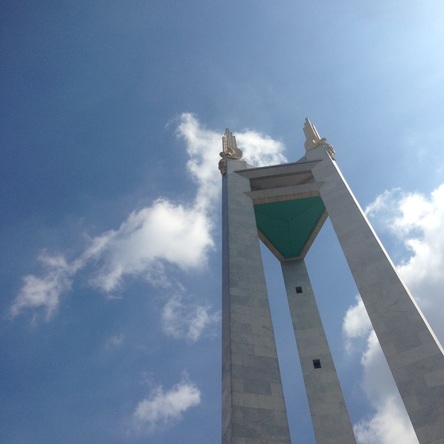
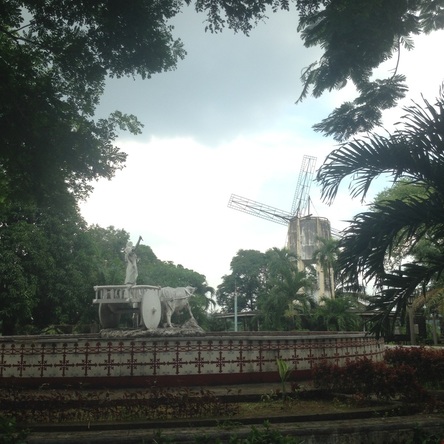
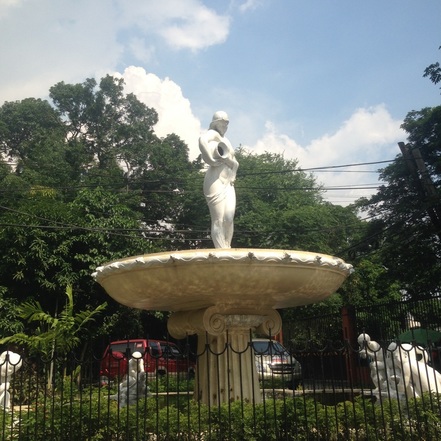
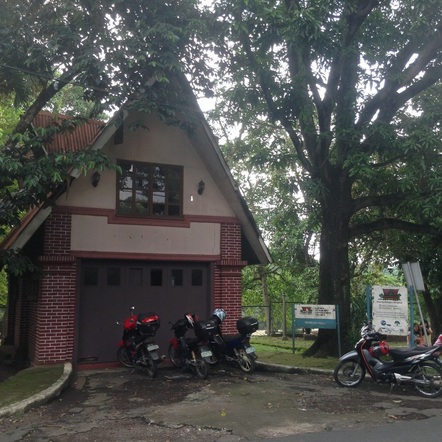
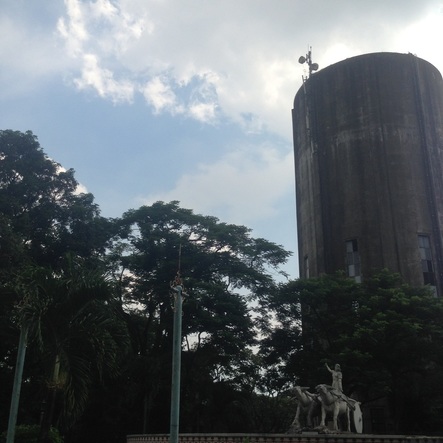
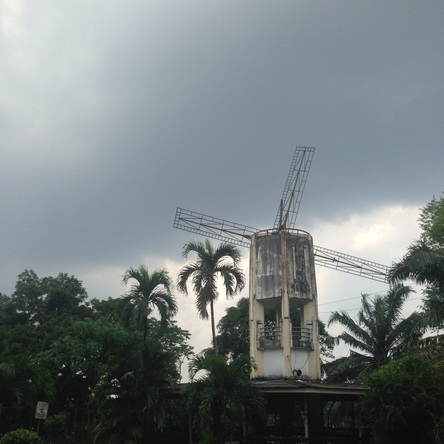
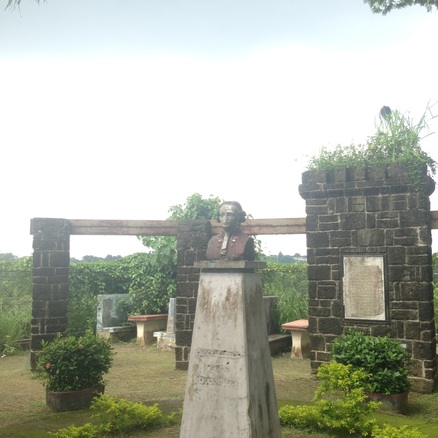
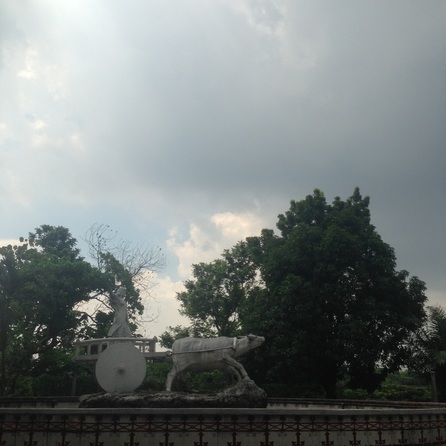
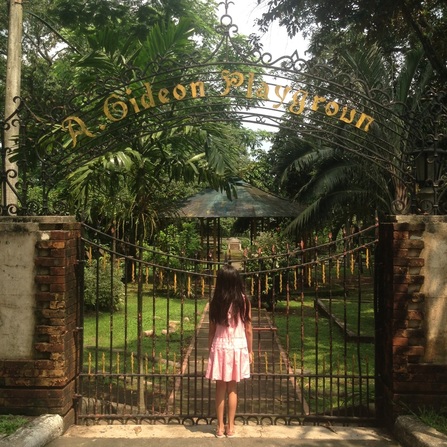
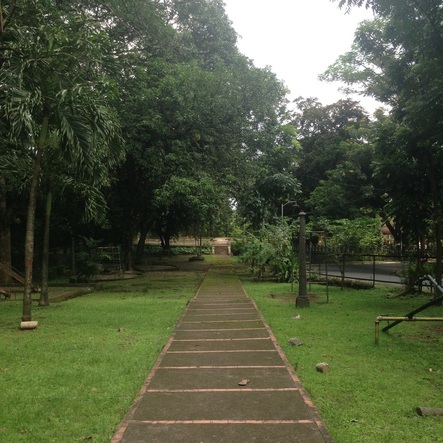
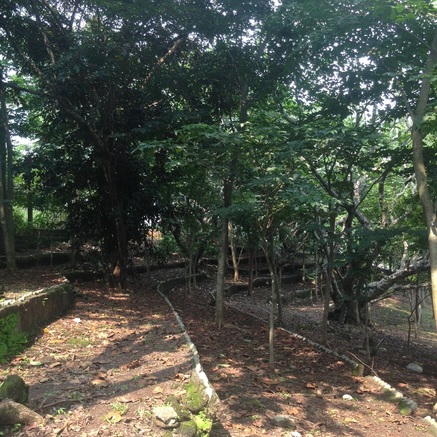
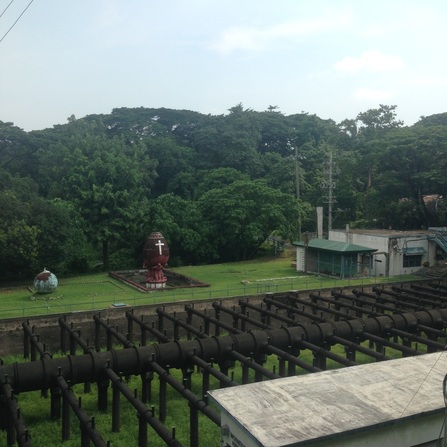
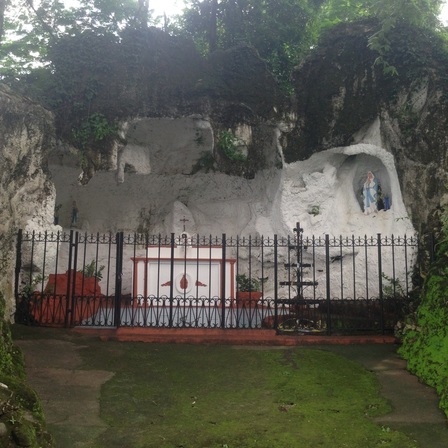
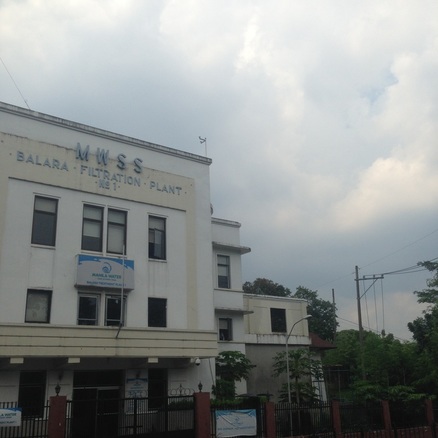
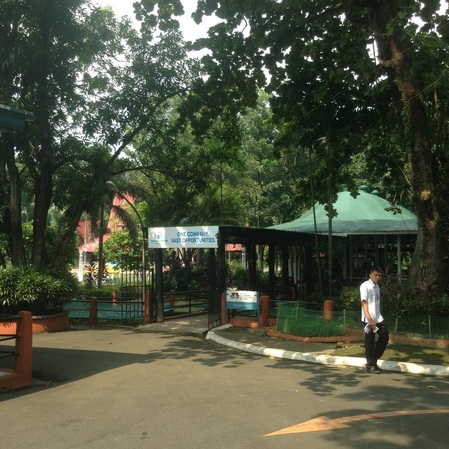
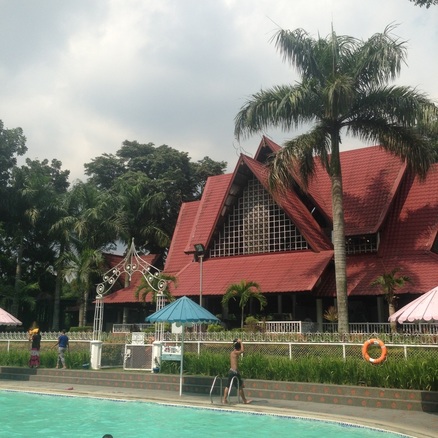

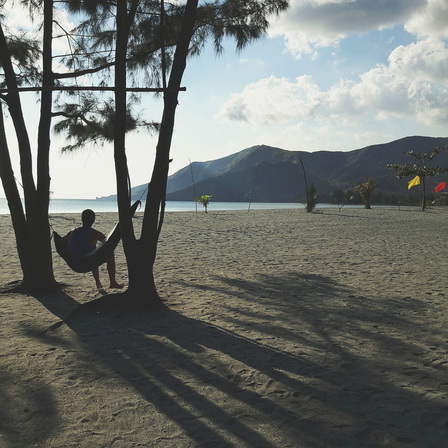
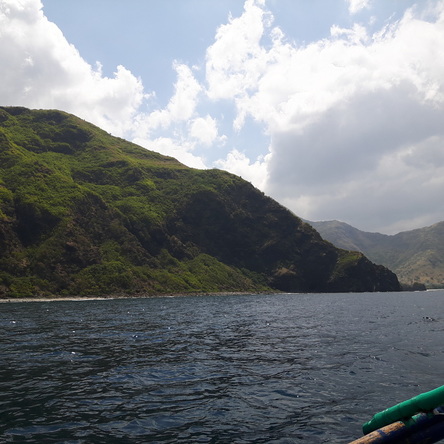
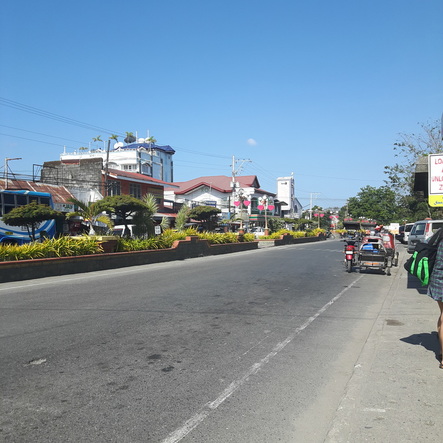
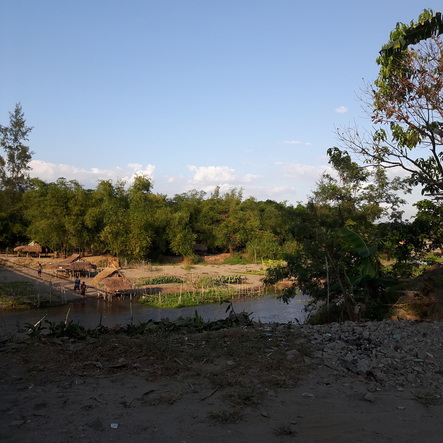
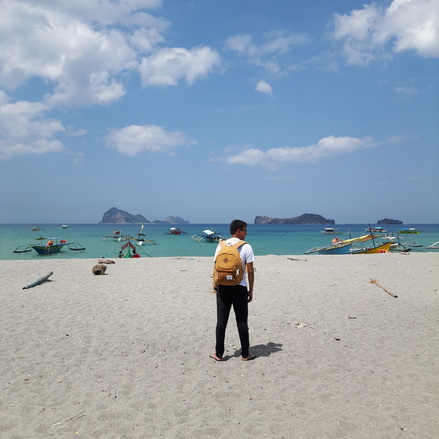
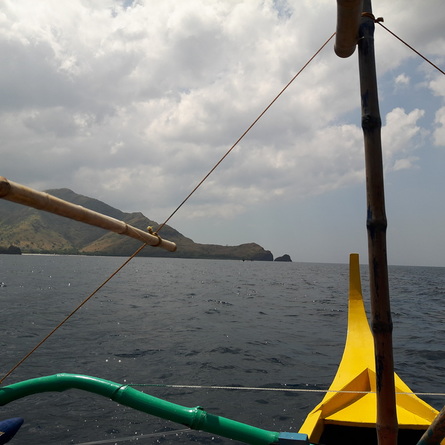
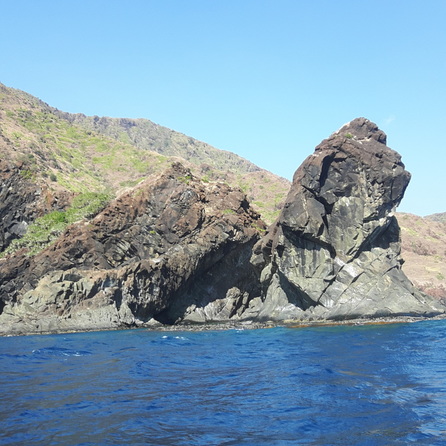
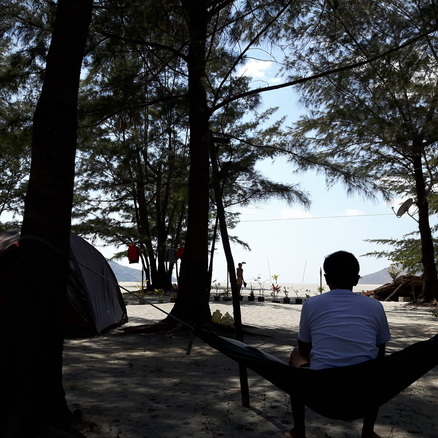

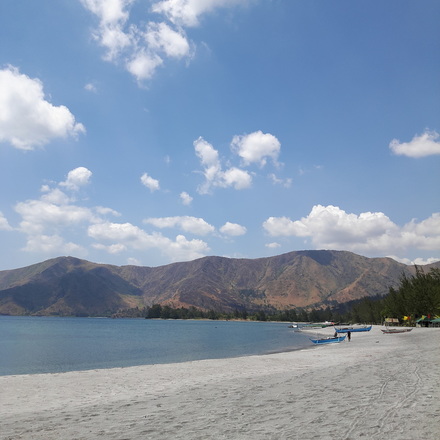
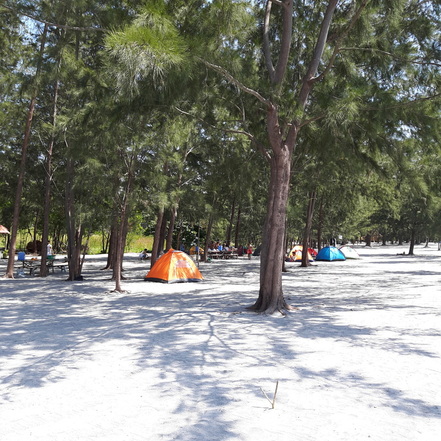
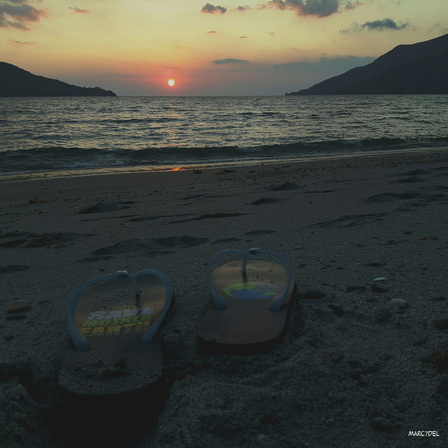
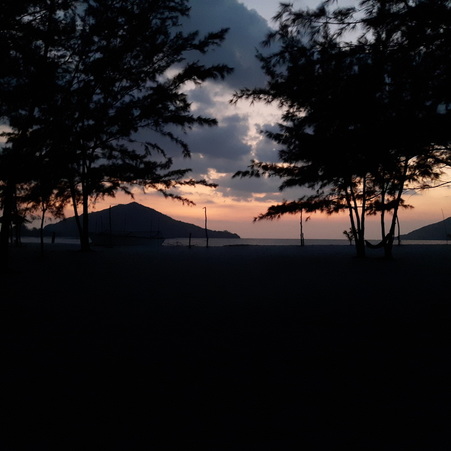
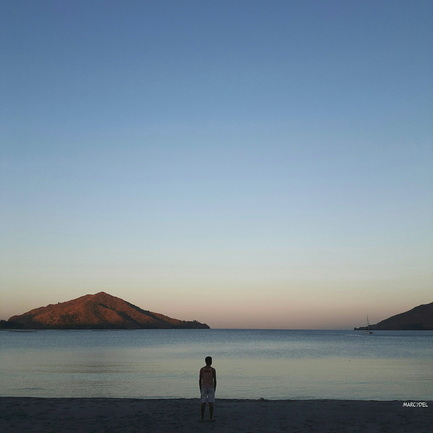
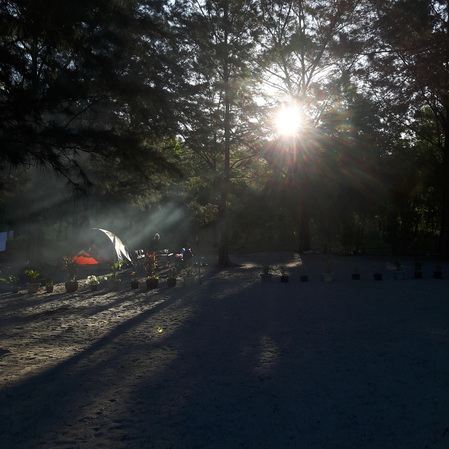
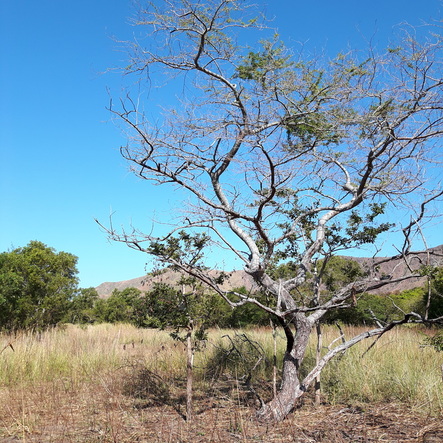
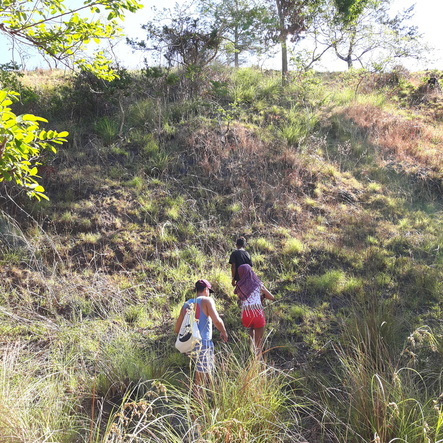
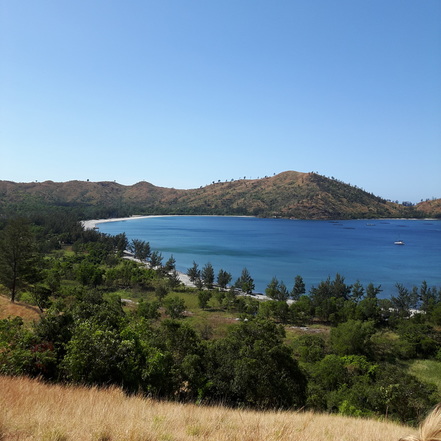
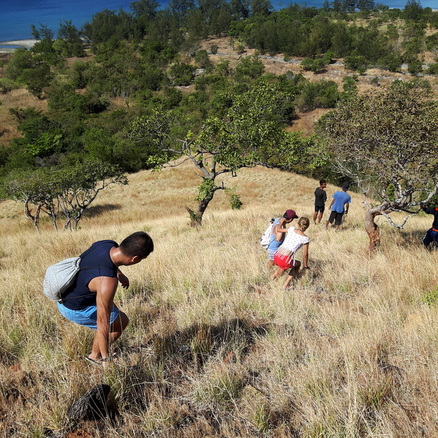

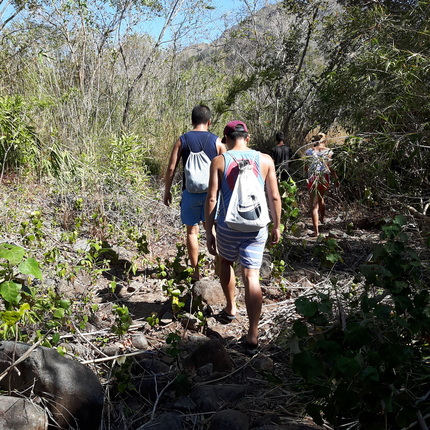
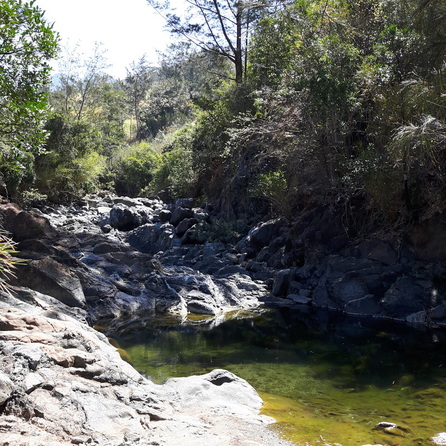
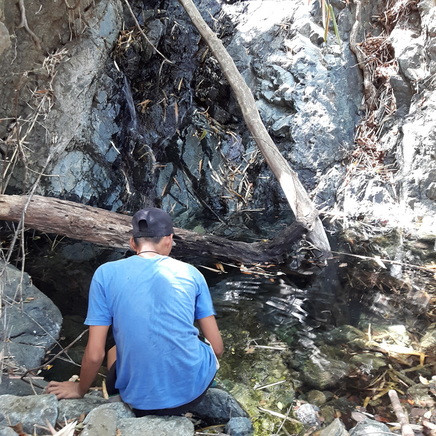
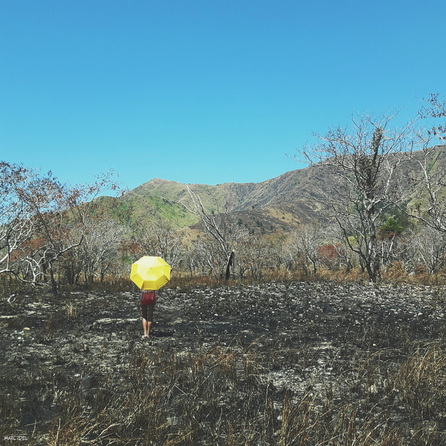
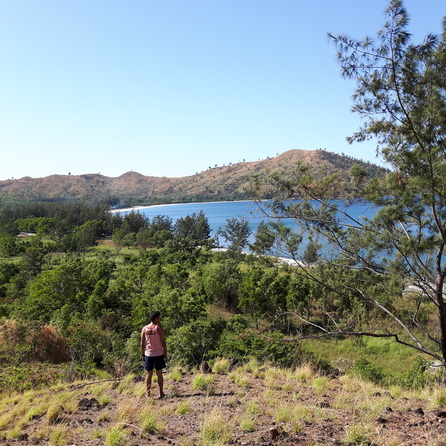

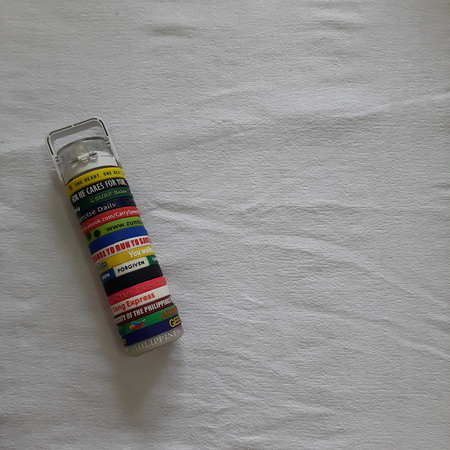
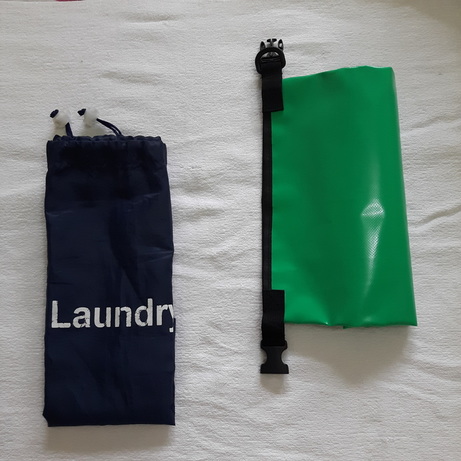
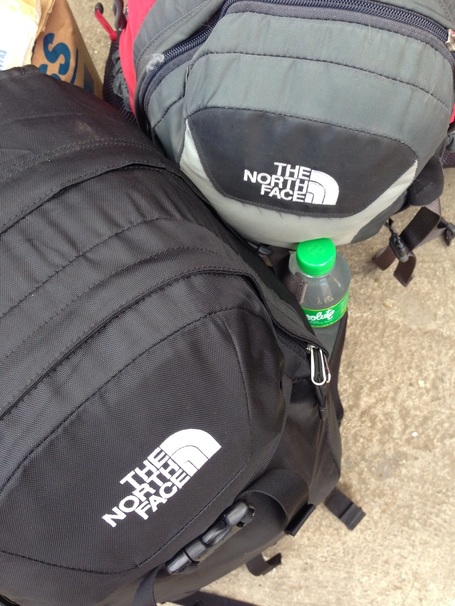
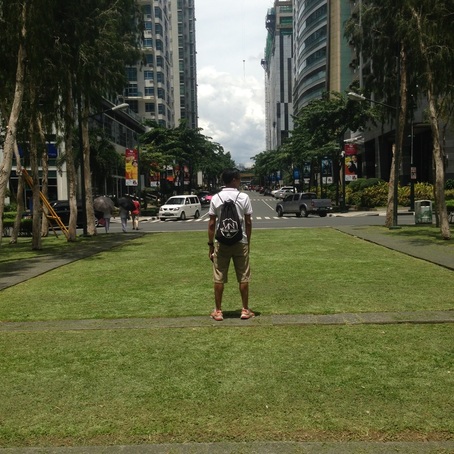
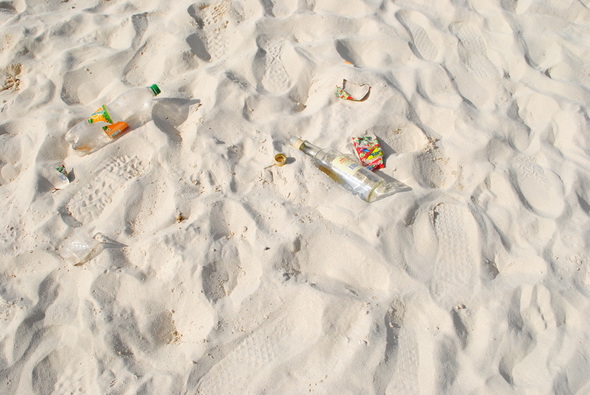
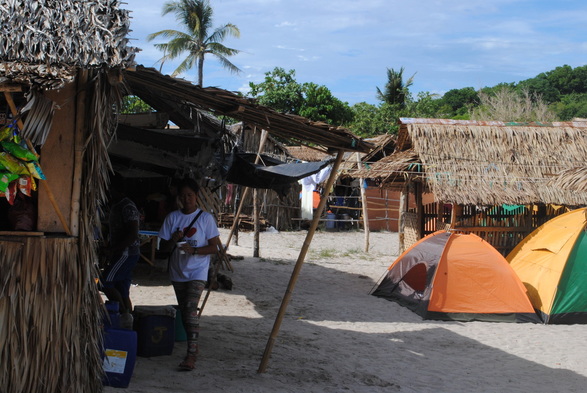
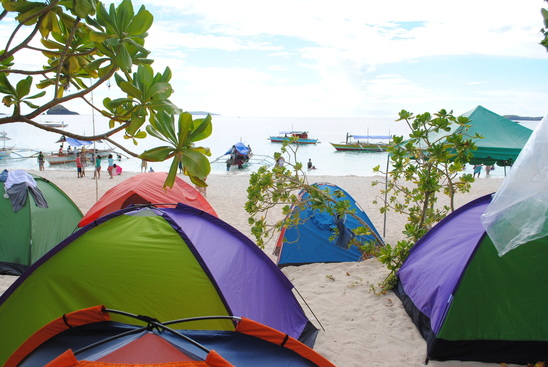
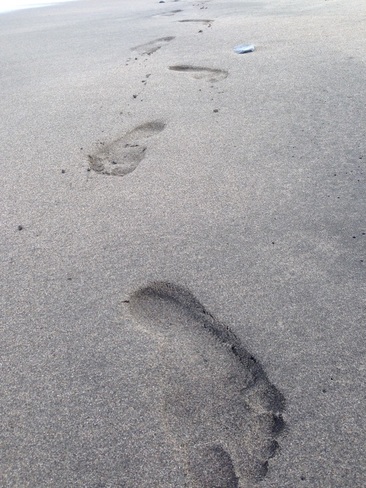
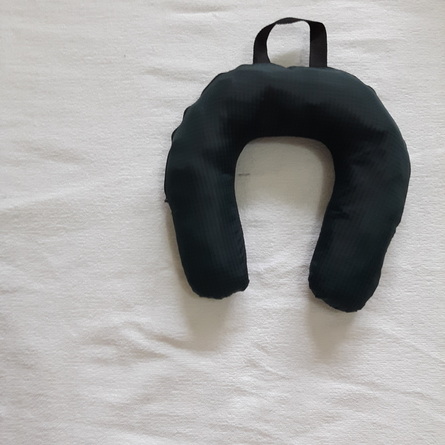
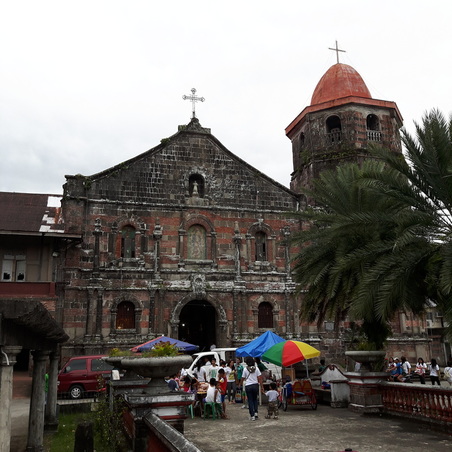
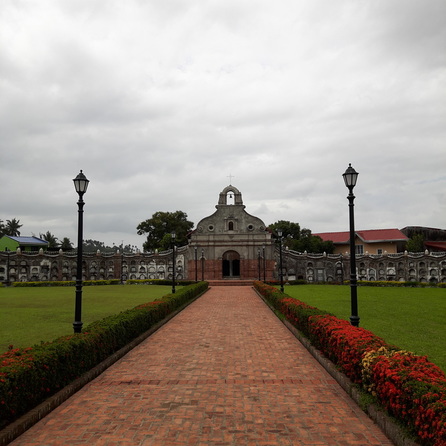
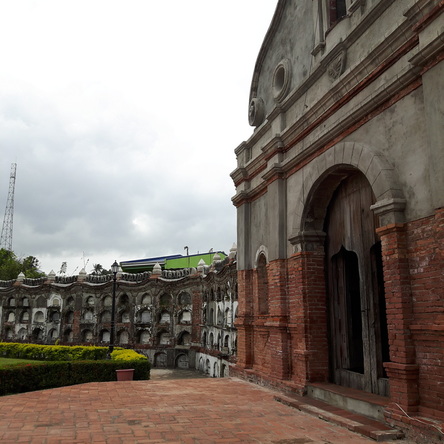
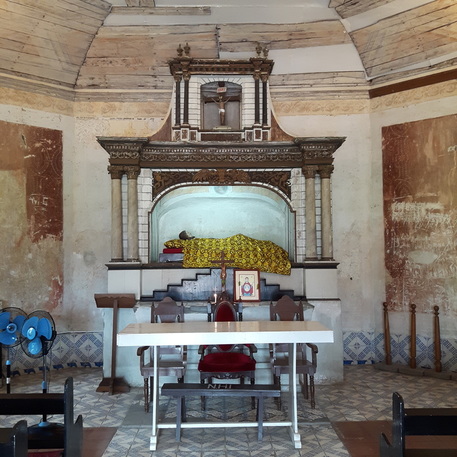
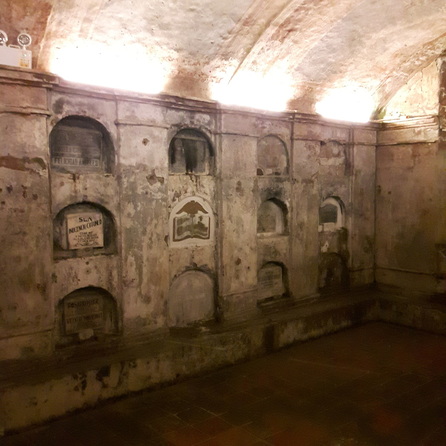
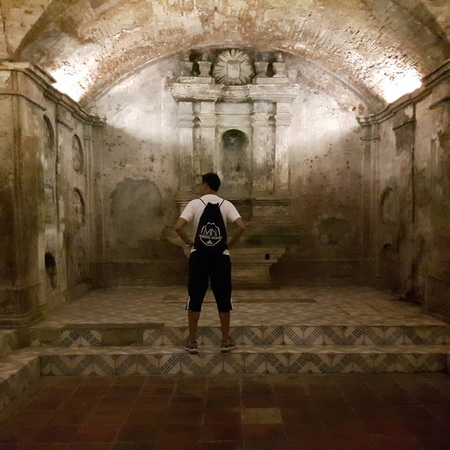
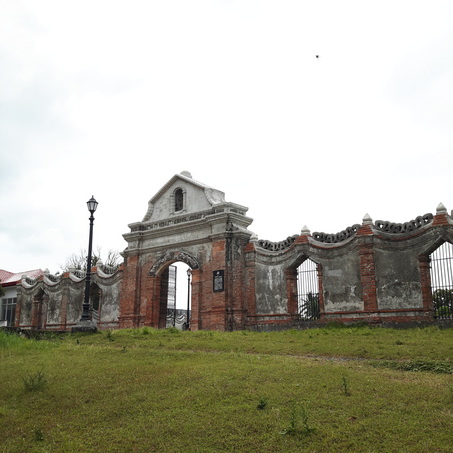
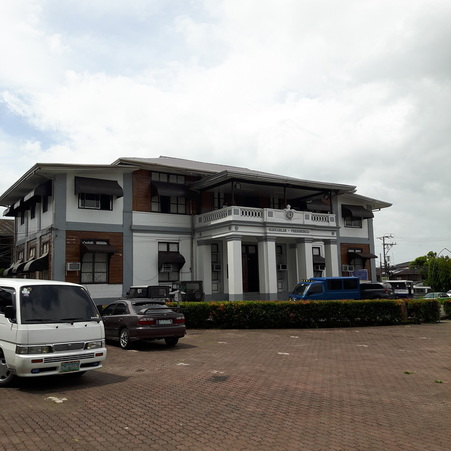

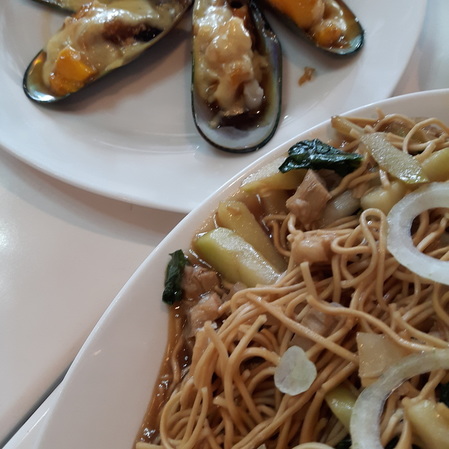
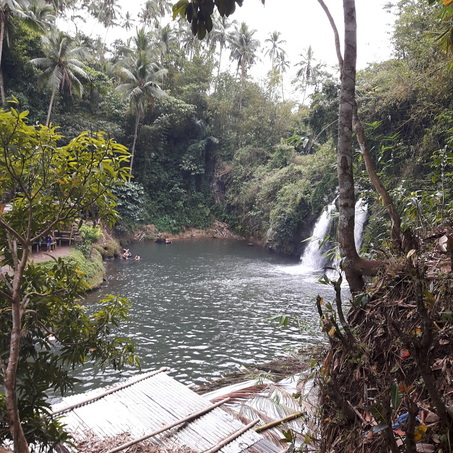

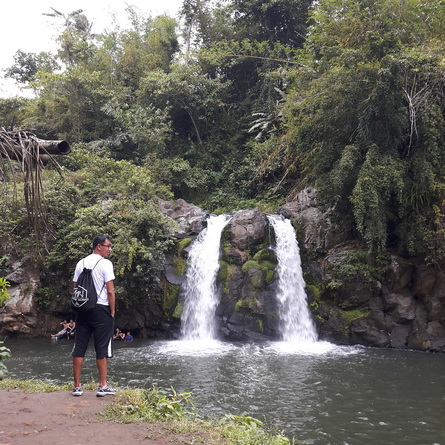


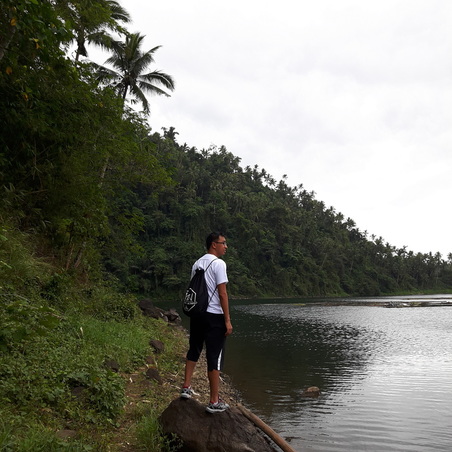
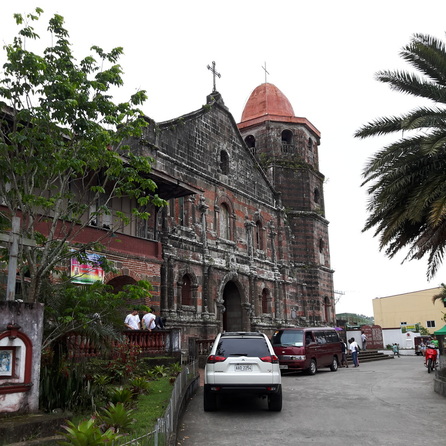
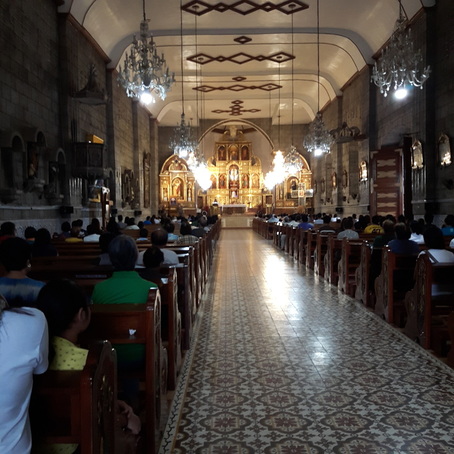
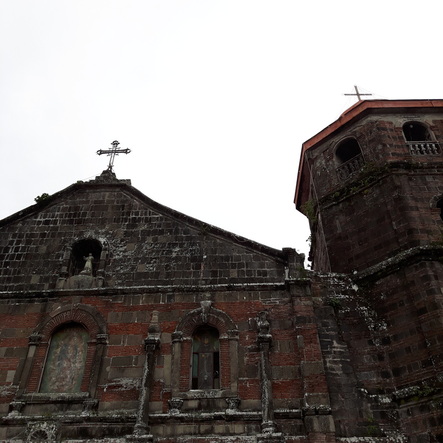
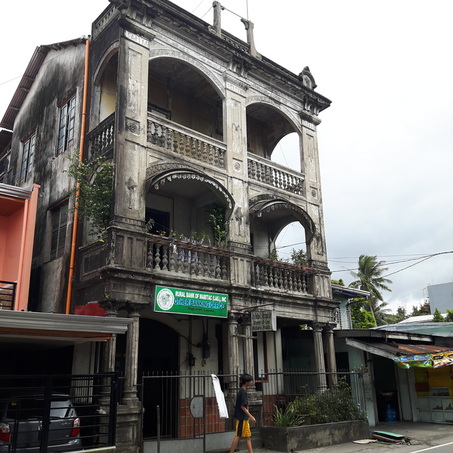
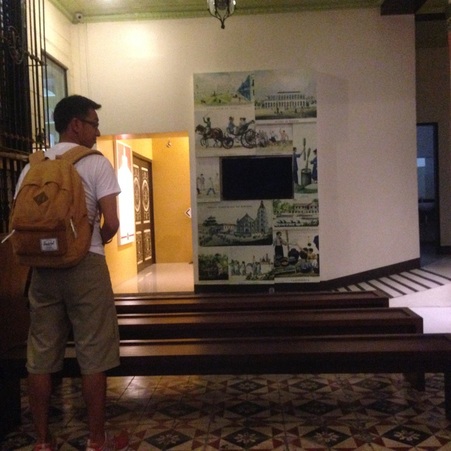
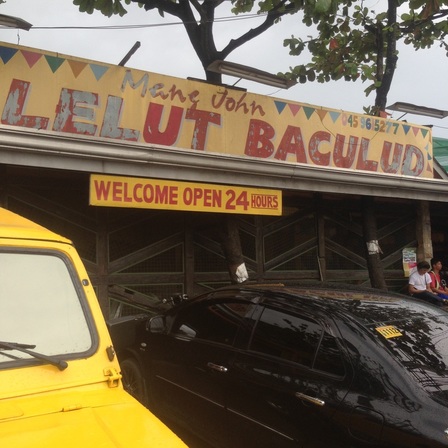
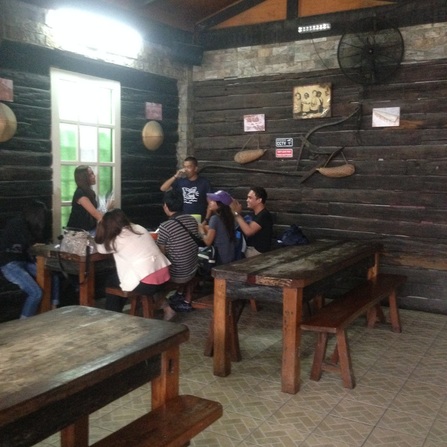
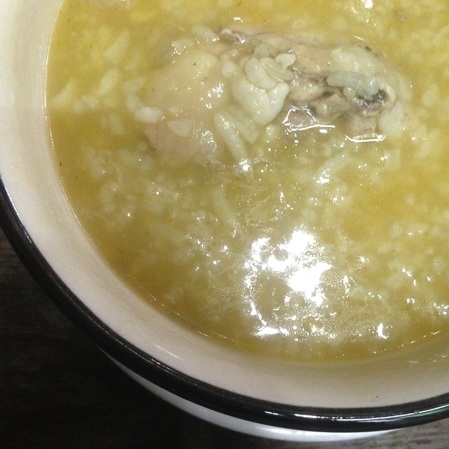
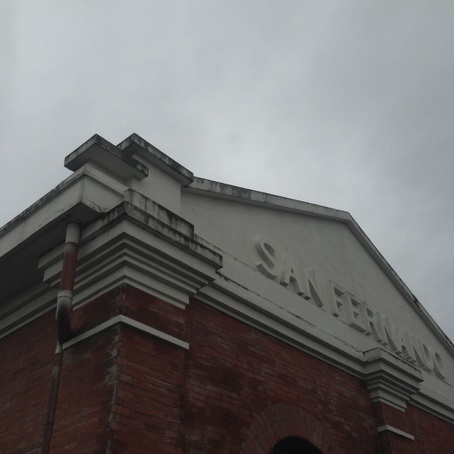
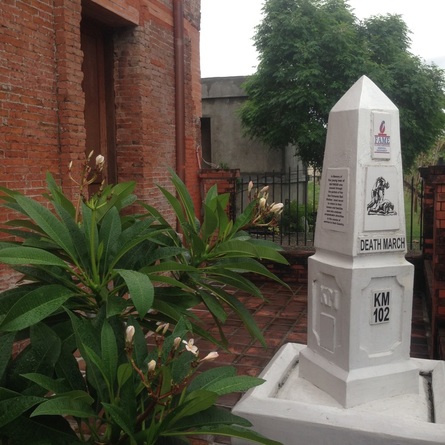
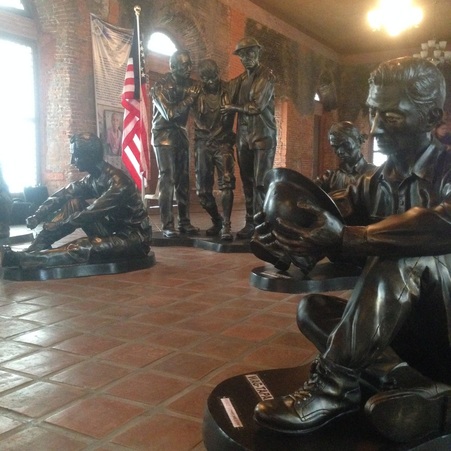
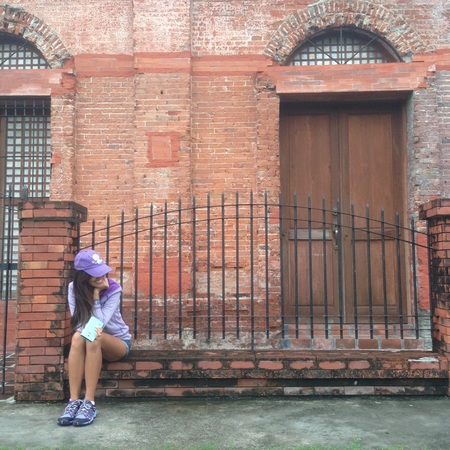
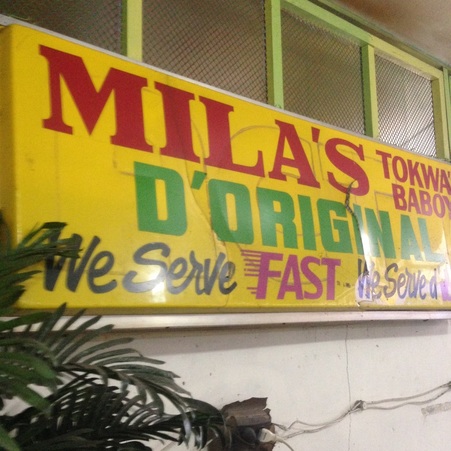
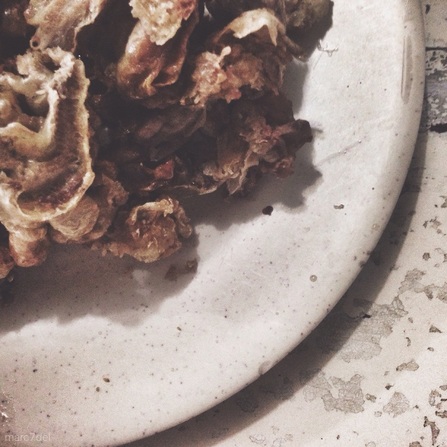
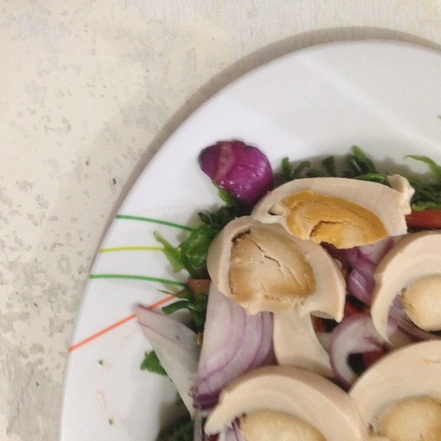
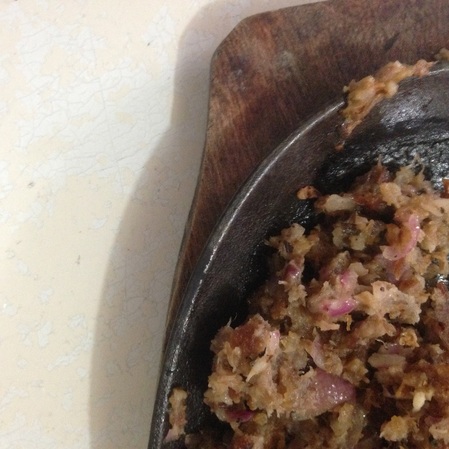
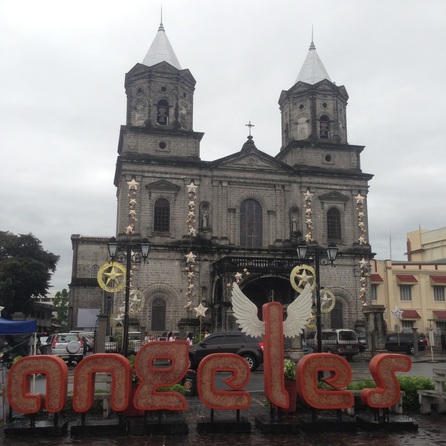
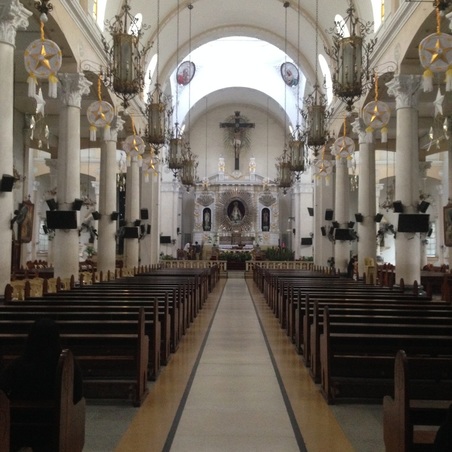
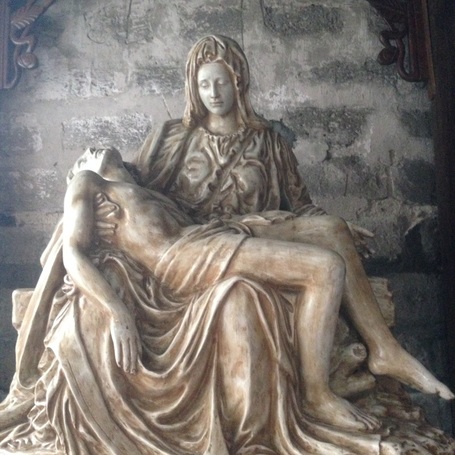
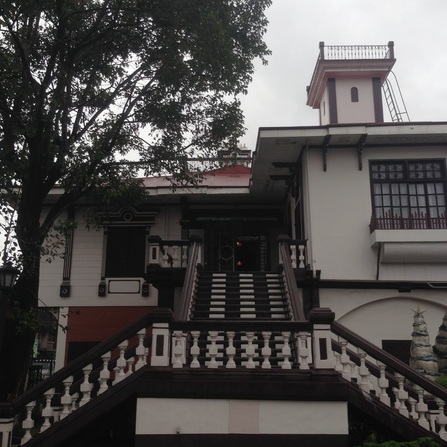
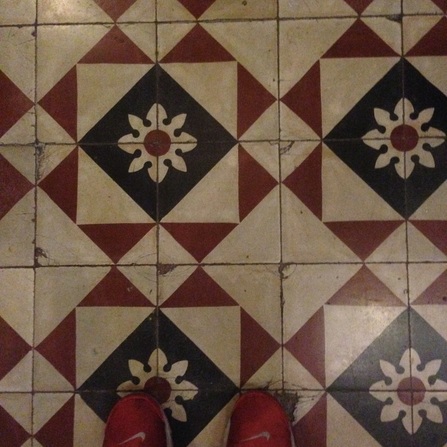
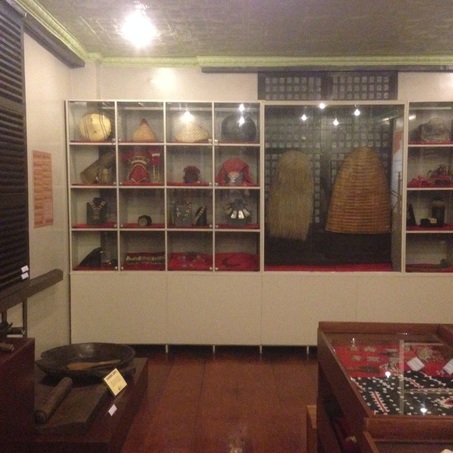
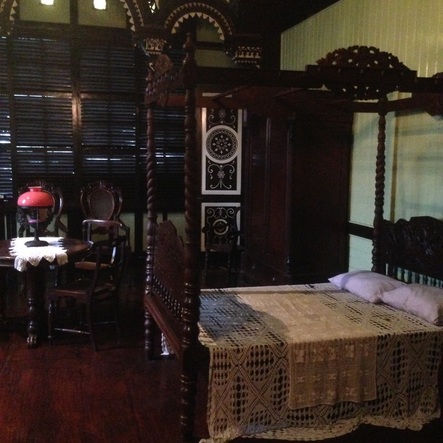
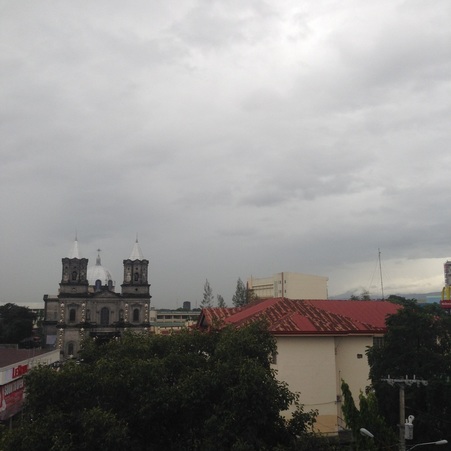
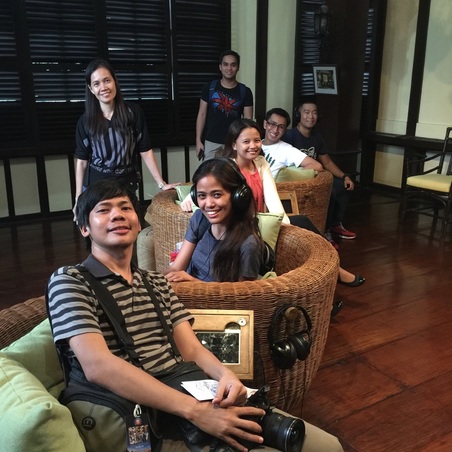
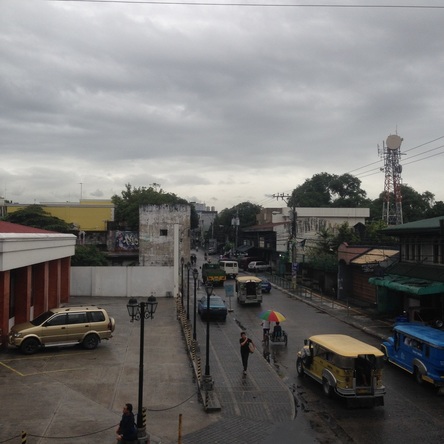
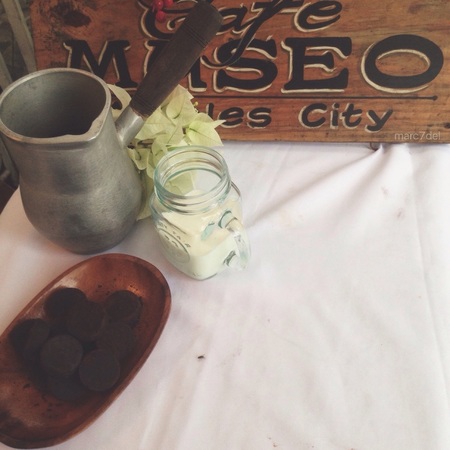
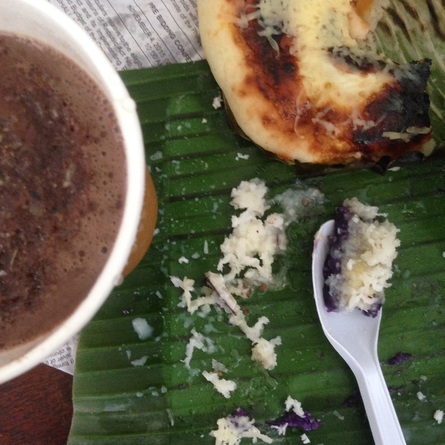
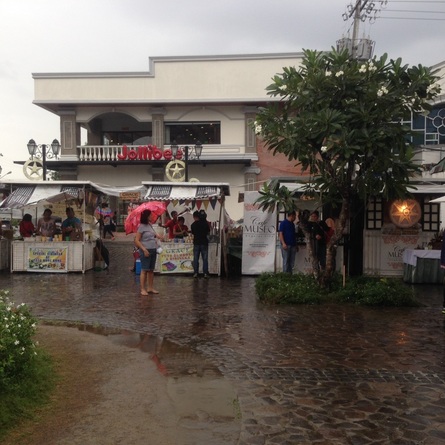
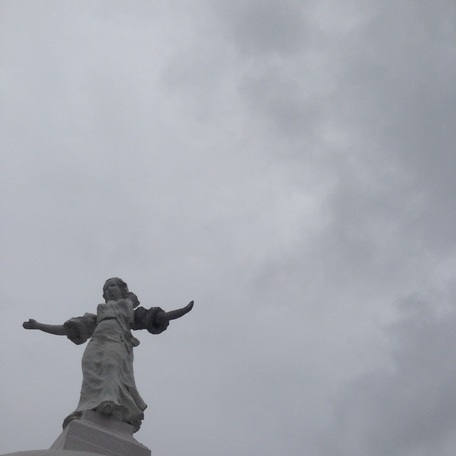

 RSS Feed
RSS Feed